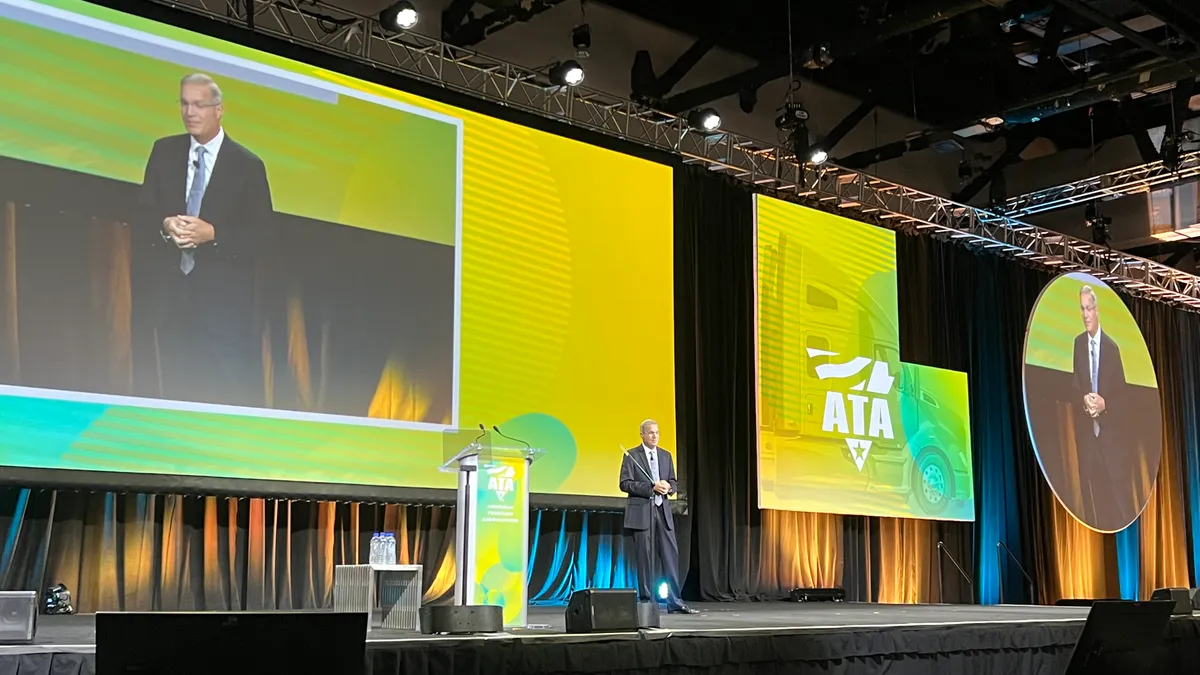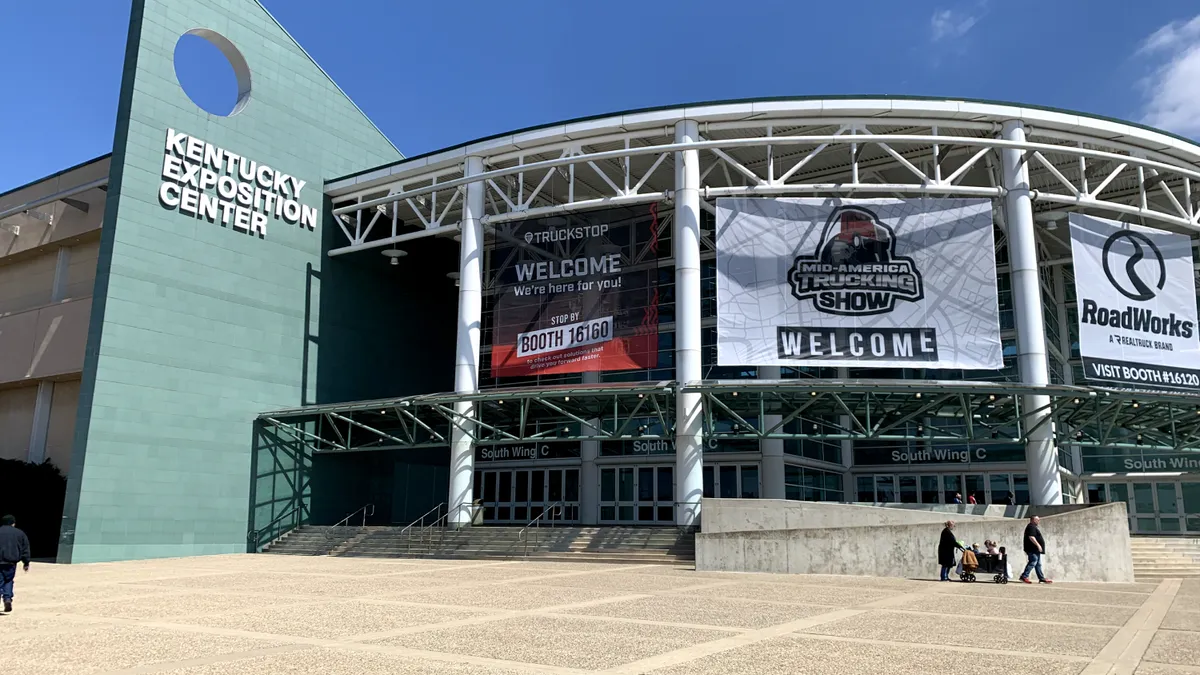At the American Trucking Associations Management Conference & Exhibition in Las Vegas in 2016, President and CEO Chris Spear blasted a federal proposal to require speed limiters in trucks.
“Proposing a rule that does not take into account the various differentials in speed between what this rule proposes and what state speed limits are is dangerous,” he said, according to Transport Topics.
But Spear last month dismissed that same concern — still being voiced by the Owner-Operator Independent Drivers Association — as “irresponsible” opposition to capping truck speeds.
The ATA now supports a rule requiring tamperproof devices limiting Class 7 and 8 trucks to a fixed maximum of 65 mph or 70 mph with the use of adaptive cruise control and automatic emergency braking.
Big trucking’s turnaround on speed limiters indicates the technology’s growing use in fleets, as well as ATA’s recognition of the pending Federal Motor Carrier Safety Administration rule as inevitable. Still, the policy shift drove a wedge between ATA and OOIDA as the agency reviews more than 15,000 comments on the issue.
“To be clear: a USDOT rule on speed limiters is coming,” ATA said in a post titled “Speed Limiters 101” on the Friday before Memorial Day. “ATA will again be at the table, steering an outcome with a data-driven policy, not baseless rhetoric.”
OOIDA argues that the large fleets that dominate ATA have an ulterior motive in advocating for a speed limiters rule: eliminating one of the few advantages owner-operators enjoy over big businesses already using the technology.
OOIDA President Todd Spencer pounced on the rival trucking association’s policy reversal in a statement.
“There’s no telling what ATA’s position is on a given day, but you can almost always count on them not supporting professional drivers and their needs,” Spencer said. “That’s the difference between OOIDA and ATA. We trust the men and women who make their living behind the wheel to know what will improve safety on our highways.”
OOIDA opposes any speed limiter requirement and supports a House bill introduced in May seeking to strip the FMCSA of its authority to regulate the issue.
ATA’s speed limiter policy was last revised and approved in a 2019 vote by members of its Safety Policy Committee, a group of 120 small, medium and large carriers that meets twice a year, according to the association.
ATA says it continues to oppose efforts to pursue a speed-limiter rule setting speeds in the low 60s, and it successfully defeated an effort to include such language in the Bipartisan Infrastructure Law.
“ATA policies are not static, nor should they be,” ATA said in the blog post. “When new data emerges, new technologies come online, or new safety concerns are raised — like increased speed limits for passenger vehicles — we assess and amend as needed. As the world changes, we adapt to the environment in which we operate.”
The association said it works to align legislative texts and rulemakings to its policies, which are set by its members. An ATA spokesperson did not respond to an emailed question about what percentage of the group’s members use speed limiters.
“If those bills or rules ultimately fail to align, we oppose and work to defeat them — just as we did with the 2016 speed limiter rule and the Obama Administration’s flawed Hours of Service Restart rule,” the blog post said.
“We’ll do it again if USDOT’s newly anticipated speed limiter rule falls short of our policy.”
FMCSA Administrator Robin Hutcheson told Land Line reviewing all the comments was delaying the agency’s rulemaking. Initially scheduled for June 30, the rule likely won’t come until late summer or early fall, she said.













